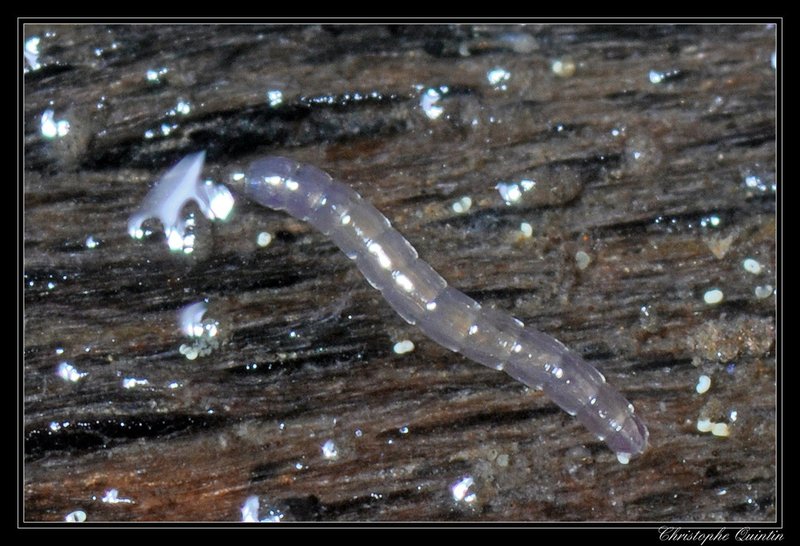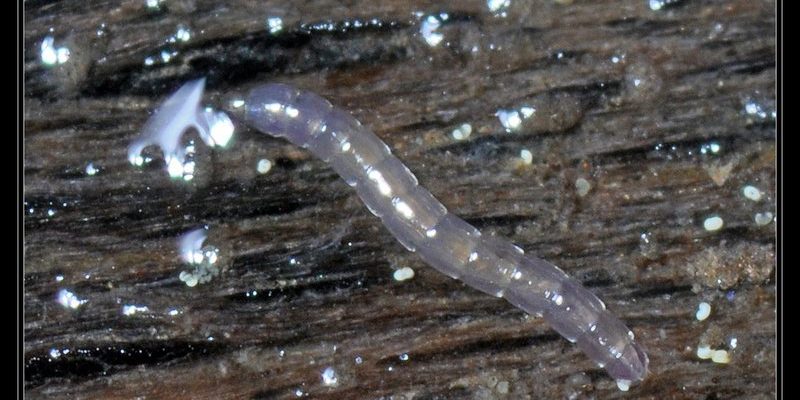
You might be wondering why bloodworms in particular. Well, these fascinating creatures are the larval form of the midge fly and are often used as live bait or in aquariums. They provide a hands-on way for students to learn about ecosystems, evolutionary biology, and the importance of various organisms in our environment. Plus, they’re just plain exciting to watch! So, grab your nets, and let’s dive into how to effectively use bloodworms in school science demonstrations.
What Are Bloodworms?
Bloodworms, with their striking red color, are actually the larvae of non-biting midges. Adult midges might not be the most glamorous, but their larvae are quite an interesting subject for study. They thrive in wet, muddy environments like marshes and ponds. This makes them a perfect example of how organisms adapt to their habitats.
These little creatures are more than just a squirmy science project. Bloodworms are known for their high protein content, which makes them a choice food source for fish and other aquatic animals. This introduces students to the concept of food chains—how energy and nutrients flow from one organism to another in an ecosystem. Honestly, it’s fascinating to watch these tiny larvae wriggle around, almost like they’re showcasing their own little dance!
Benefits of Using Bloodworms in Science Demonstrations
Let’s face it: kids are often much more engaged when they’re actively involved in their learning. Bloodworms offer a hands-on experience that can deepen understanding. Here are some benefits:
- Engagement: Live specimens capture attention and evoke curiosity.
- Real-world application: Students see how bloodworms fit into ecosystems, providing a tangible example of ecological principles.
- Scientific inquiry: Observing bloodworms allows students to ask questions, form hypotheses, and conduct experiments—key elements of the scientific method.
By incorporating bloodworms into lessons, teachers can enhance student engagement while providing practical experiences with scientific concepts. It transforms abstract ideas into relatable, real-life experiences.
Setting Up a Bloodworm Experiment
So, how do you get started? Setting up an experiment with bloodworms is pretty straightforward. Here’s a simple guide:
1. Gather your materials: You’ll need a clear aquarium or observation tank, clean water, and, of course, bloodworms. You can find bloodworms at pet stores or online.
2. Create the environment: Fill your tank with water, and you might want to add some plants or substrates to mimic a natural habitat. This makes it feel more authentic for the students.
3. Introduce the bloodworms: Once the environment is set, it’s time to add the bloodworms. Watching them swim around in their new home can be quite a show!
4. Pose questions: Encourage students to observe the bloodworms. Ask questions like, “How do they move?” or “What happens if we change the water temperature?” This sparks critical thinking and invites experimentation.
Engaging Activities with Bloodworms
Now that you’ve got your bloodworms settled, what can you do with them? Here are a few engaging activities:
1. Observational Studies
Have students take notes on bloodworm behavior. They can record how bloodworms respond to different stimuli or environmental changes, like light or temperature variations. This helps develop their observational skills.
2. Food Chain Exploration
Use bloodworms to illustrate food chains. Discuss who eats bloodworms in the wild. You can even take this further, exploring the impact of pollution or habitat loss on their populations. It’s a great way to connect classroom learning with real-world issues.
3. Articulating Hypotheses
Encourage students to create and test their hypotheses. For instance, “What happens if we add salt to the water?” This creates a mini-experiment that highlights the importance of controlled conditions in scientific testing.
Common Questions and Concerns
Using bloodworms might raise some eyebrows, and you might have a few questions about safety and ethics. Here are some things to consider:
Are Bloodworms Safe to Handle?
Yes, bloodworms are generally safe for students to handle. However, it’s essential to remind them to wash their hands afterward. You want to promote good hygiene practices in the classroom.
Ethical Considerations
Some may question the ethics of using live organisms for education. It’s good to have a conversation about the importance of understanding living organisms and their role in ecosystems. Highlight that the intention is to educate, and emphasize respect for all life forms.
Using bloodworms in school science demonstrations can turn an ordinary lesson into an unforgettable adventure. These little creatures open the door to discussions about ecosystems, biology, and environmental science in a way that engages students deeply. Plus, there’s something undeniably thrilling about working with live specimens. As educators, we want to encourage curiosity and critical thinking, and bloodworms offer a dynamic way to do just that.
So, the next time you’re planning a science demo, consider incorporating bloodworms. They might just wiggle their way into your students’ hearts—and minds! Happy teaching!

